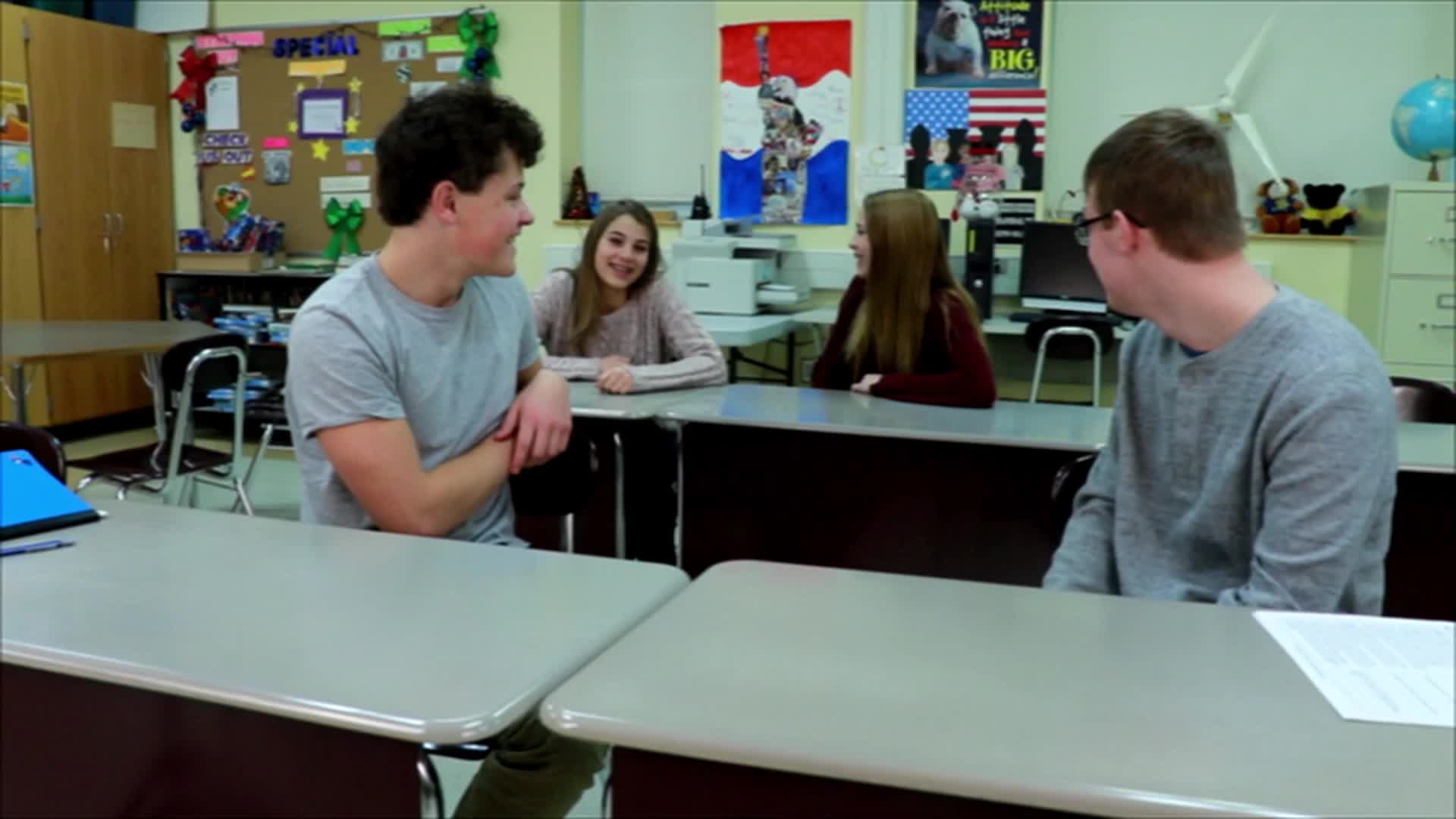
Introduction
As educators, it is essential to teach students the importance of using a filter and understanding social cues in various situations. This skill helps them navigate social interactions and avoid saying things that could hurt others or be inappropriate. In this blog post, we will discuss a no-prep activity called “Guess What Happens Next,” which helps students practice using a filter and understanding how people might react to different situations. We will also provide discussion questions, mention related skills, and guide you to additional resources to further support your students’ social-emotional learning journey.
No-Prep Activity: Guess What Happens Next
In this activity, the educator presents a series of hypothetical scenarios to students, and they have to guess how people in the situations might react. The scenarios should involve situations where students need to decide whether to keep a thought to themselves or say it out loud. Here’s how to conduct the activity:
- Create a list of scenarios that involve making a choice between thinking something or saying it out loud. These can be related to classroom situations, peer interactions, or everyday life.
- Present each scenario to the students and give them three possible reactions to choose from. Encourage them to think about how people might feel or respond in each situation.
- After students make their guess, discuss the correct answer and explain why it is important to use a filter in that situation. This helps them understand the consequences of their words and actions.
For example, consider the following scenario:
Andrew needs to use the restroom during class. He raises his hand and says, “I need to pee really, really bad.” How do you think the class will feel? Should Andrew have said that in class?
The class might feel:
- Understanding of Andrew
- Silly because that is not something you say out loud
- Bored by Andrew’s comment
In this case, the correct answer is 2. Andrew should have used a filter and quietly asked the teacher for permission to go to the restroom instead of sharing his personal needs with the whole class.
Discussion Questions
Here are some discussion questions to further explore the concept of using a filter and understanding social cues:
- Why is it important to use a filter when deciding what to think and what to say out loud?
- Can you think of a situation where you used a filter successfully? How did it help you avoid negative consequences?
- What are some examples of things that should be kept private and not shared with others?
- How can you practice using a filter in your everyday life to improve your social interactions?
- What strategies can you use to help you decide whether something should be thought or said out loud?
Related Skills
Besides using a filter and understanding social cues, there are other related skills that students can benefit from developing:
- Empathy: Understanding and sharing the feelings of others, which can help students decide if their words might hurt someone.
- Active listening: Paying close attention to what others are saying, which can help students pick up on social cues and respond appropriately.
- Assertiveness: Expressing oneself confidently and respectfully, which can help students communicate their needs without being inappropriate or offensive.
- Self-awareness: Being aware of one’s own emotions and thoughts, which can help students recognize when they need to use a filter.
Next Steps
Helping students develop the skill of using a filter and understanding social cues is essential for their social-emotional growth. To further support your students’ learning, consider signing up for free samples of materials related to this skill and others at Everyday Speech. These resources will provide you with additional tools and strategies to enhance your students’ social-emotional learning journey.

